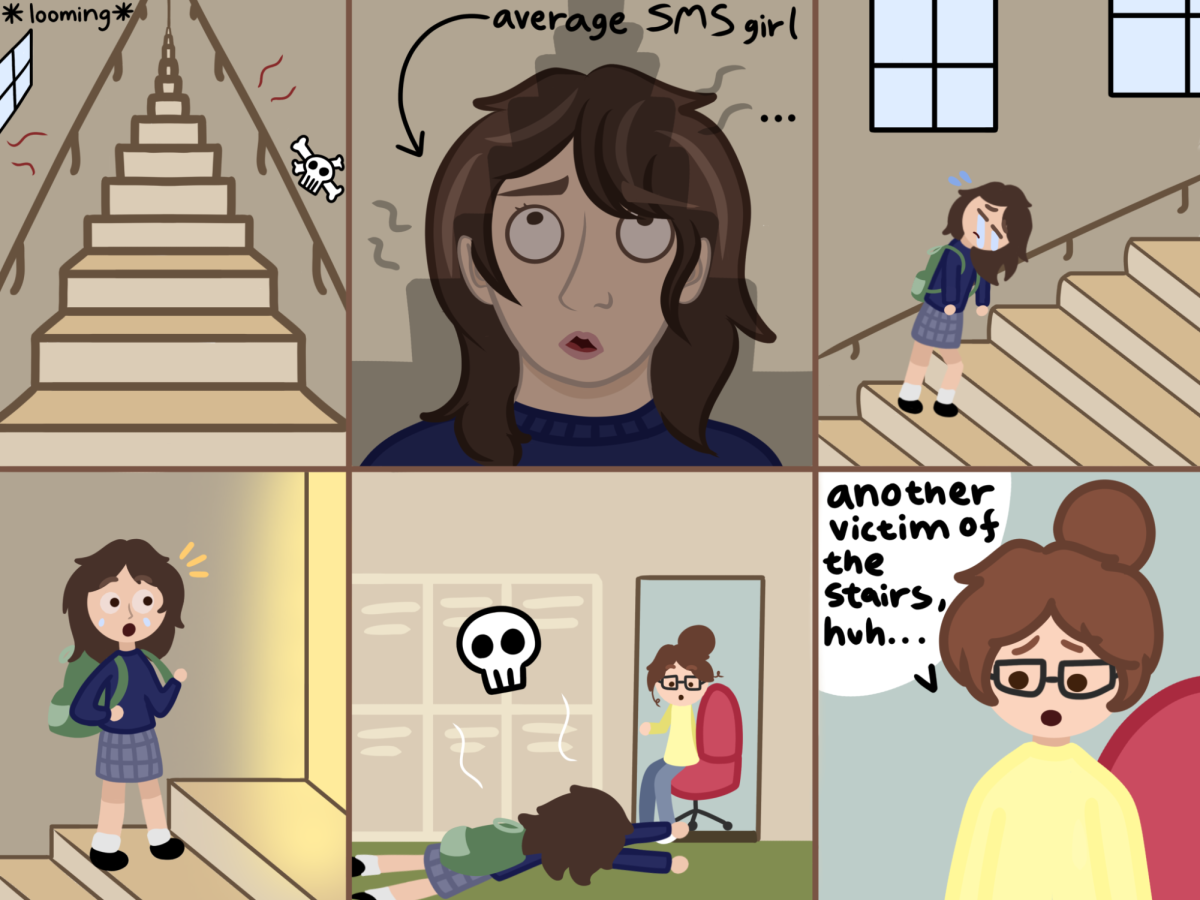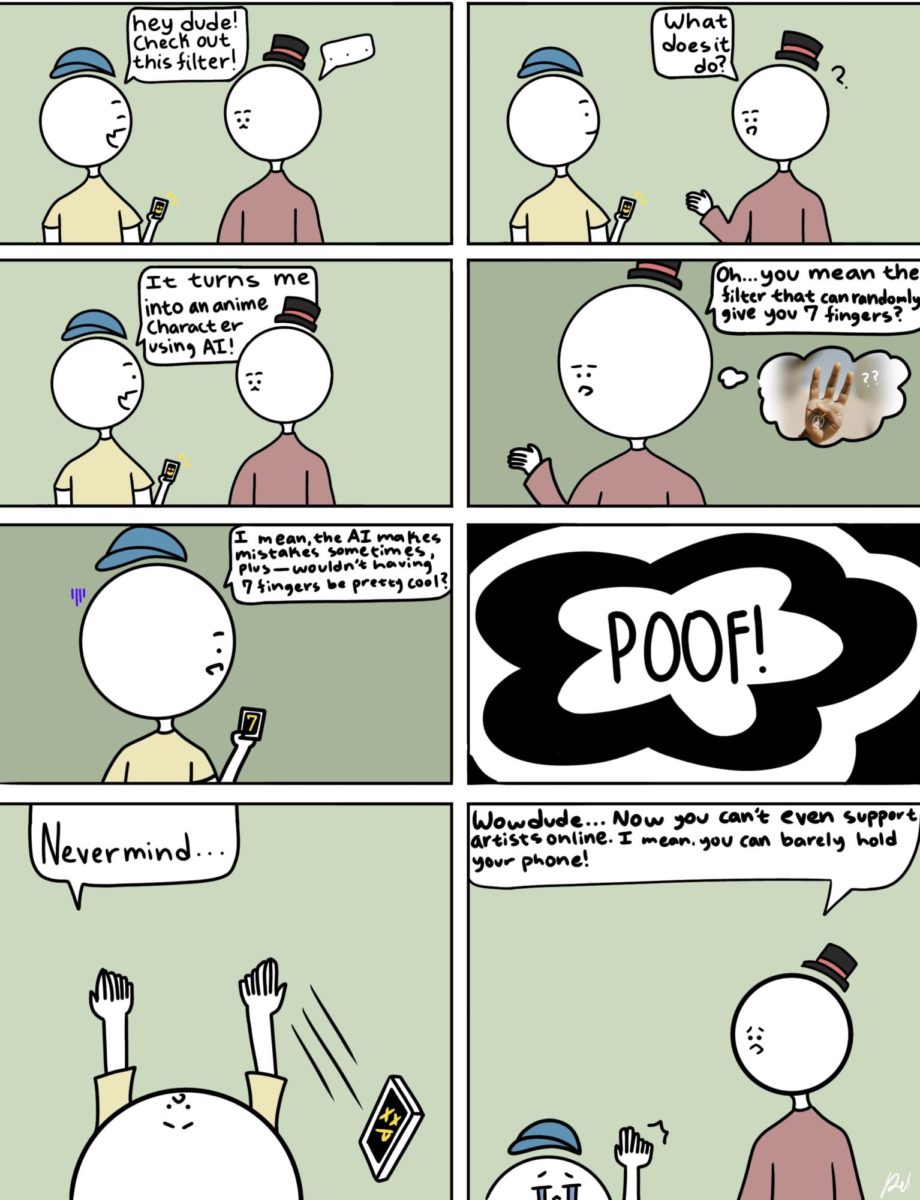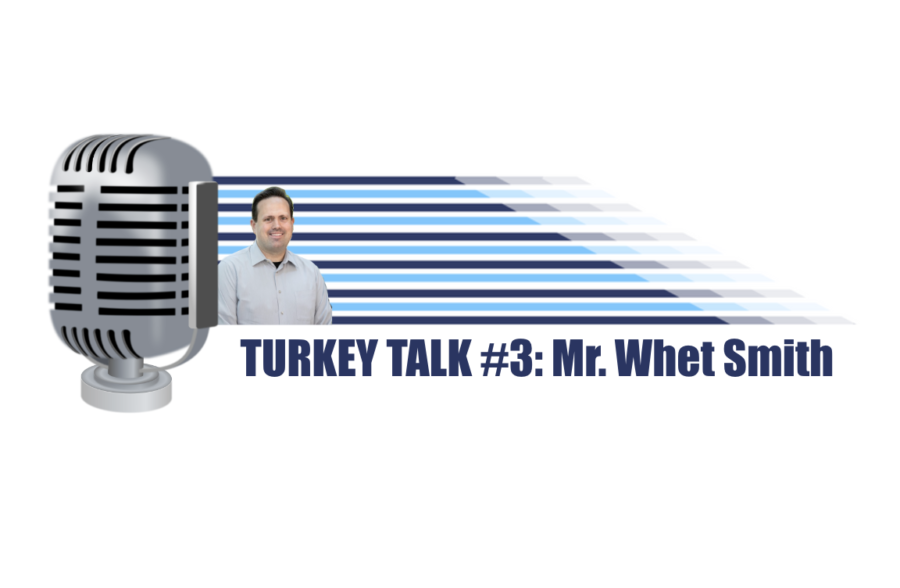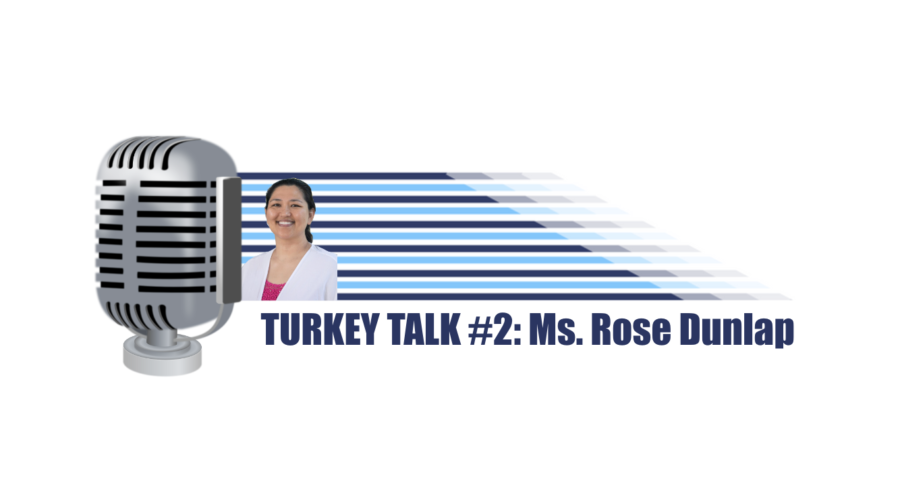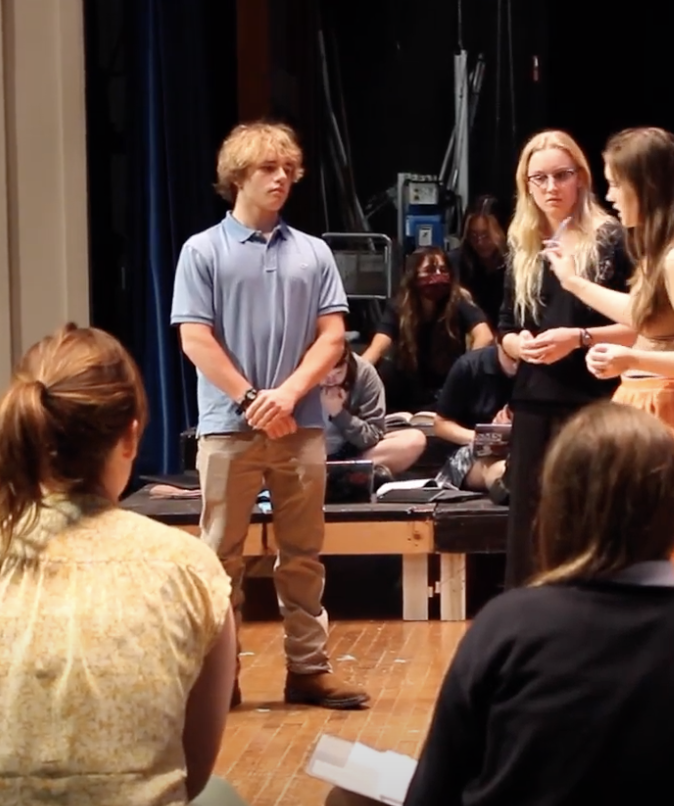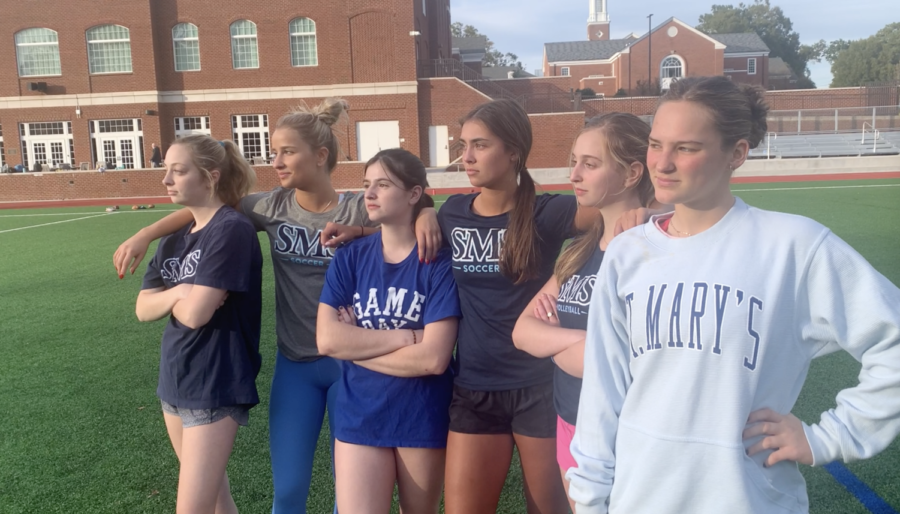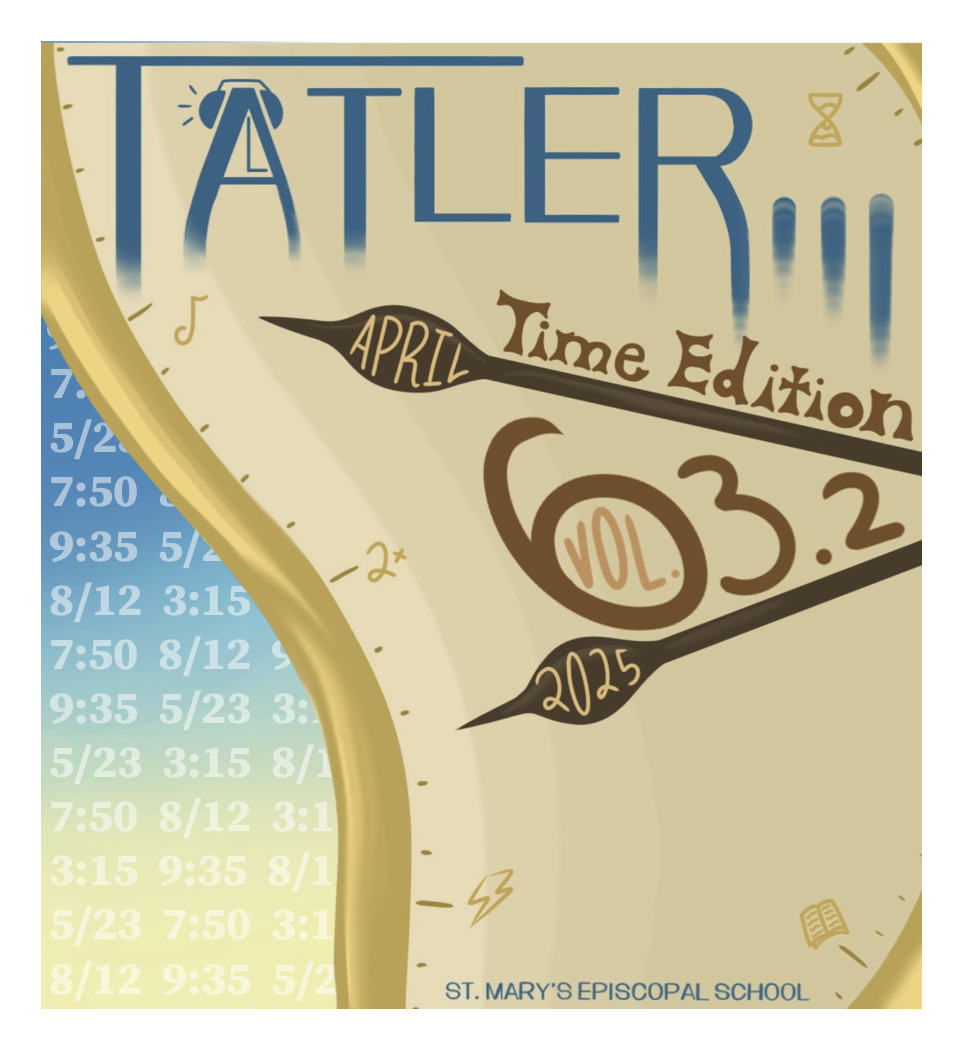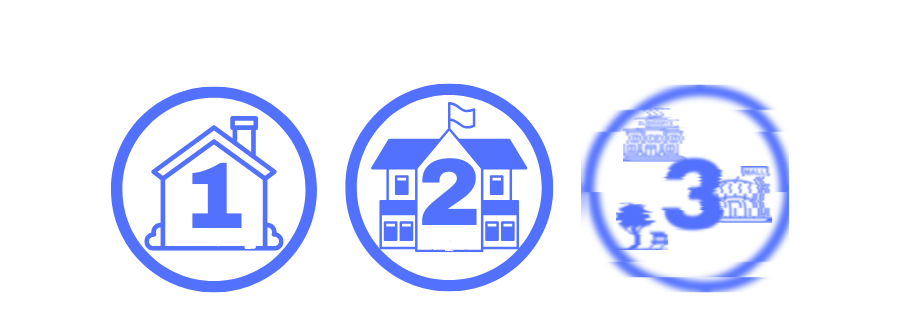This story has been updated to reflect recent changes.
Time runs fast on TikTok – maybe too fast. Hours slip away as we endlessly scroll, yet for 15 hours in January, time on the app stopped entirely.
At around 9:30 p.m. on Jan. 19, 2025, TikTok shut down due to the Protecting Americans from Foreign Adversary Controlled Applications Act – a ban that lasted just 15 hours.
For junior Jocelyn Oropeza, the pause exposed just how ingrained TikTok became in our lives.
“I kept clicking on [the app] out of muscle memory, which probably just shows how bad the addiction is,” she said.
She wasn’t alone.
The U.S. ban on the wildly popular short-form video app sent shockwaves through the country, forcing its around 170 million American users into a pause. How long would it last? Was this the moment to move to Instagram Reels? Or was it time to finally step away from social media?
Various timelines and dates have been thrown around over the past five years about when the app would eventually leave U.S. phones. In 2020, President Donald Trump signed an executive order raising his concerns over TikTok’s parent company, ByteDance, and its ability to collect the data of its users, bringing this topic into the spotlight. Four years later, President Joe Biden signed the Protecting Americans from Foreign Adversary Controlled Applications Act into law on March 14, 2024. The law, making it illegal for “foreign adversary controlled” apps to be maintained or distributed, was set to officially ban TikTok on Jan. 19, 2025.
However, the ban was short-lived.
On Jan. 20, newly inaugurated President Trump signed another executive order, this time offering TikTok users 75 more days on the app as he calls for TikTok to be taken over by a joint venture with its current Chinese owners and new U.S. owners, allowing TikTok to remain available to its U.S. users.
However, that extension has come and gone as President Trump announced another extension to delay the ban by 75 more days.
With yet more weeks added to the countdown, the future of TikTok continues to remain uncertain.
Sophomore Louise Cole isn’t holding her breath. She said she believes users’ time on the app should have been fully cut off after Jan. 19 because of TikTok’s negative impact on health.
“I think that [TikTok] should be banned mainly because people’s time [spent] on social media has been… significantly worse over the years,” Cole said. “People should be more focused on the world, not their phones. People are so addicted to TikTok by this point that some people can’t even, it’s hard for them to get out in the morning, and that it’s kind of like an addiction for them. And I definitely think that addiction needs to be stopped.”
Senior Claudia Ribeiro also said that a permanent ban could help improve people’s lives.
“I think the ban could encourage people to spend less time on social media and therefore help with their mental health and sleep,” Ribeiro said.
Experts have been sounding the alarm as social media continues to capture the attention of a world increasingly reliant on technology. Dr. Daria Kuss and Dr. Mark Griffiths, in a 2011 study, emphasize people’s tendency to become addicted to their online activities, especially on social media.
“On the Internet, people engage in a variety of activities, some of which may potentially be addictive,” Kuss and Griffiths wrote. “Rather than becoming addicted to the medium per se, some users may develop an addiction to specific activities they carry out online.”
According to California State University, around 10% of all Americans suffer from social media addiction, with young adults, aged 16-24, averaging more than seven hours of screen time daily. This excessive use of social media has been shown to cause anxiety and depression, affecting mental health and performance in the classroom and in relationships.
Sophomore Gracie Nastasi said many people are aware of social media addiction, but do not know how to shift their behaviors.
“I think that we do realize [the severity of our addiction]… but we don’t know how to [address] it,” Nastasi said. “It’s genuinely [in] so much of our lives, and we just don’t know how to stop.”
Because the scrolling feature of TikTok is designed to be seamless, Natasi said it can be hard to notice time passing, which makes it more addictive.
“I think I watch like, five TikToks, and then I look at the time, it’s been 45 minutes, and then it’s just like, wow,” she said. “I think [older generations] lived in the moment a lot more than we do, and now our living in the moment is within like 15 seconds of a TikTok.”
Oropeza has noticed that a similar side effect of this dependence on TikTok is that she can’t sit through movies or TV shows without another distraction.
“Watching a Netflix show is kind of painful,” Oropeza said. “Anytime there’s a slow part, I get out TikTok, start watching brain rot and watching two things at the same time. My attention span is really bad.”
Since TikTok is actively used by over 40% of the U.S. population, a break from the app has the potential to eliminate one source of increasing poor mental health.
According to a Tatler survey, around 70% of St. Mary’s upper school students use TikTok and spend an average of two or more hours on the app every day.
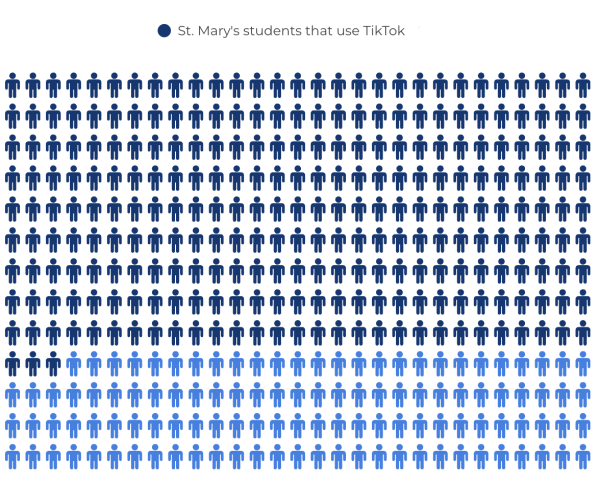
However, around 60% of St. Mary’s high schoolers believe TikTok should not be banned.
Sophomore Harper Prescott said that although she believes social media use is detrimental to mental health, it should ultimately be the user’s decision where to spend their time.
“I don’t think it should be the government’s job to manage what we do with our time, especially online,” Prescott said.
For herself, she schedules her own kind of break from the app.
“My general rule for myself is to try and have, like, an hour from when I get home, between getting home and starting my actual work of just not being on any screen, just to kind of detox,” she said, “and then trying to do a good solid two or three hours of just my work before doing anything else. Because if you get sucked into it, the algorithm is designed to kind of get your attention pretty firmly caught.”
As the clock ticks toward the end of this next 75 day pause, conversations about mental health, freedom of speech and data security remain unresolved. For now, users keep scrolling, waiting as TikTok’s time runs out.


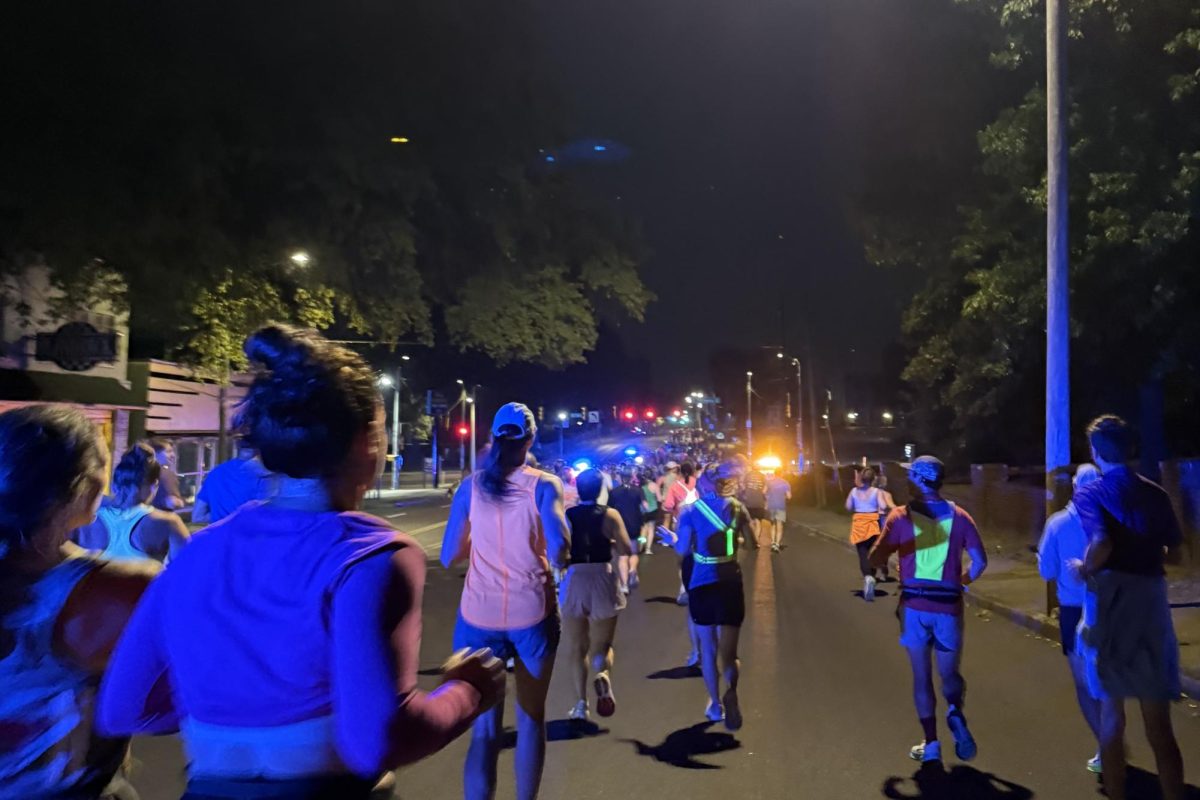
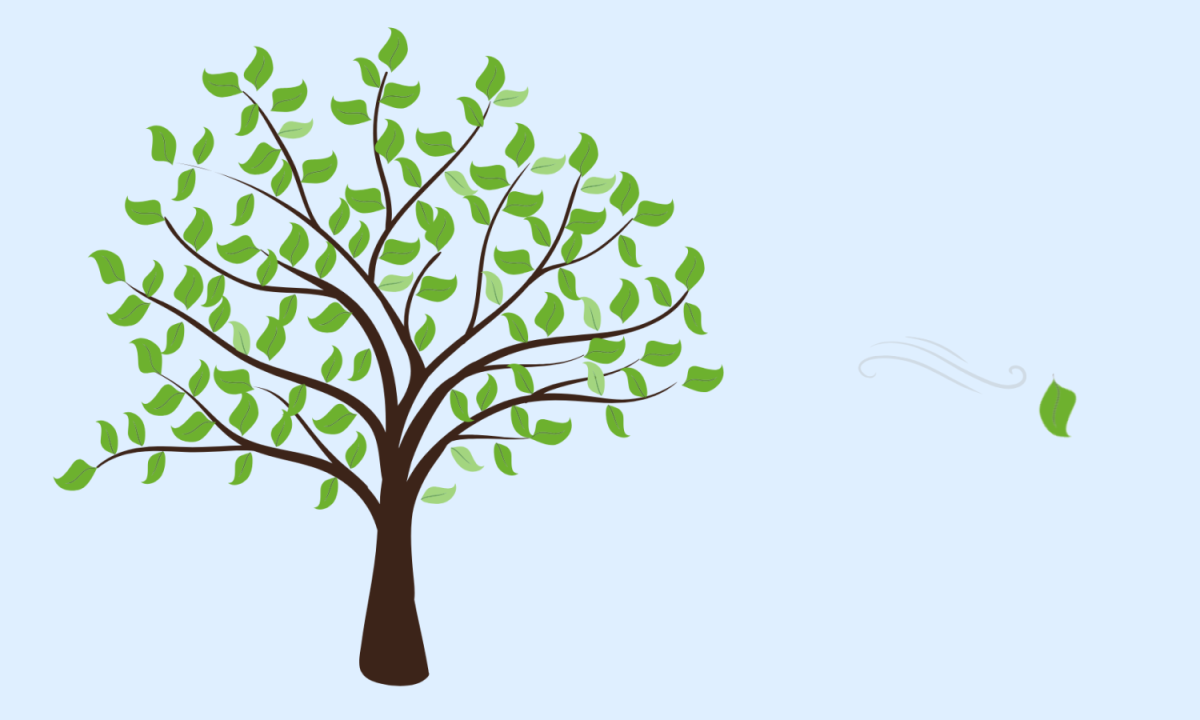
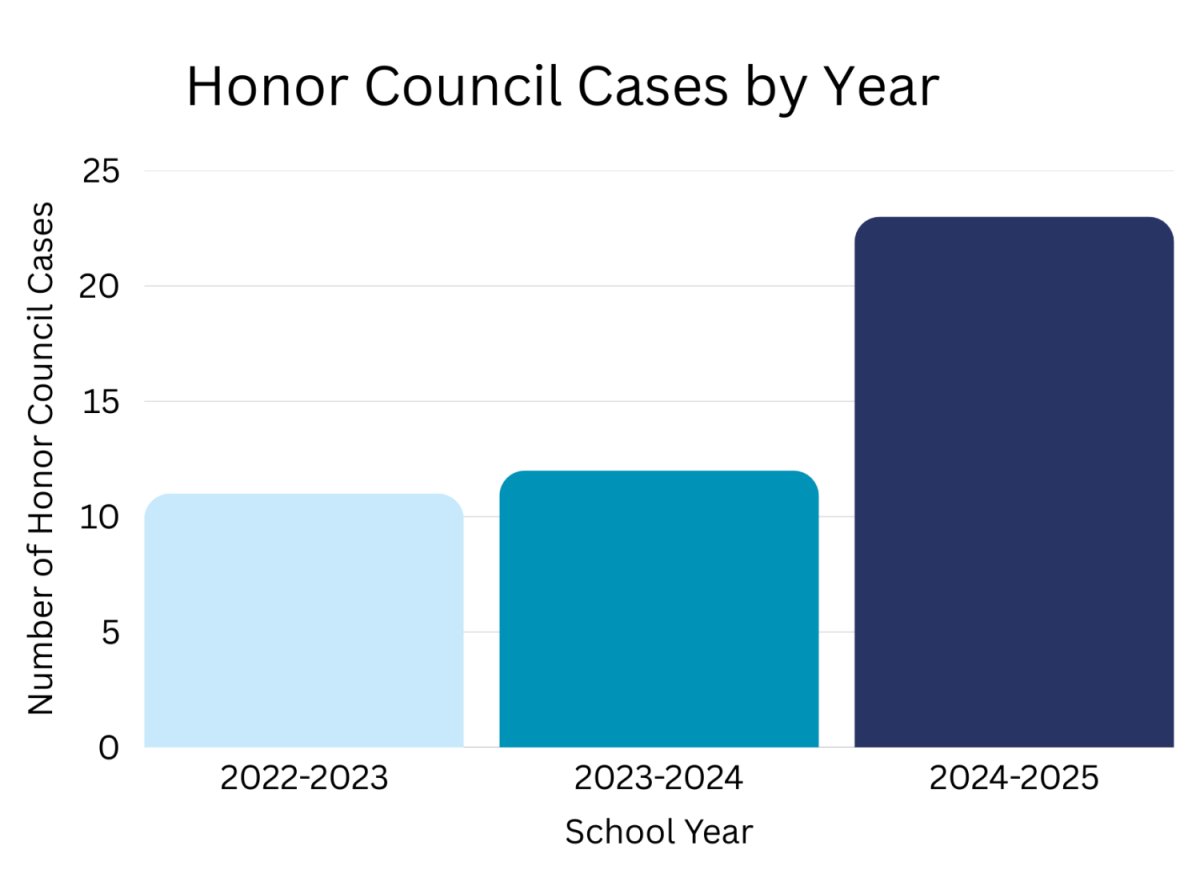
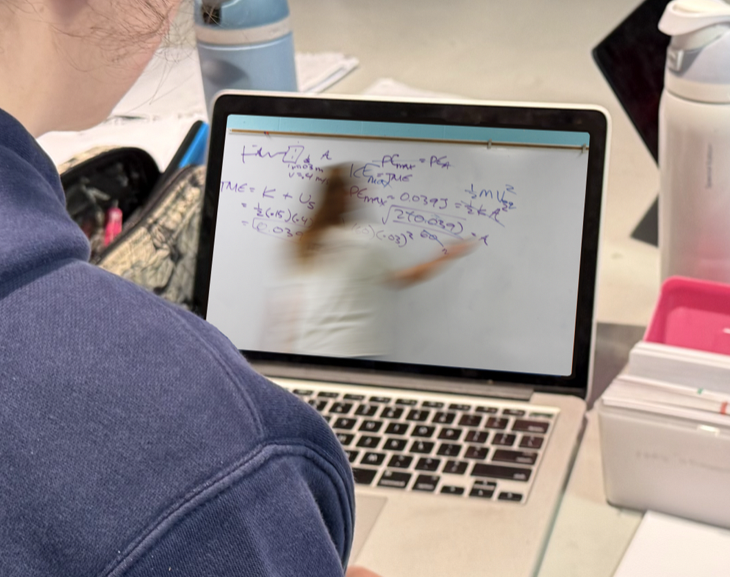
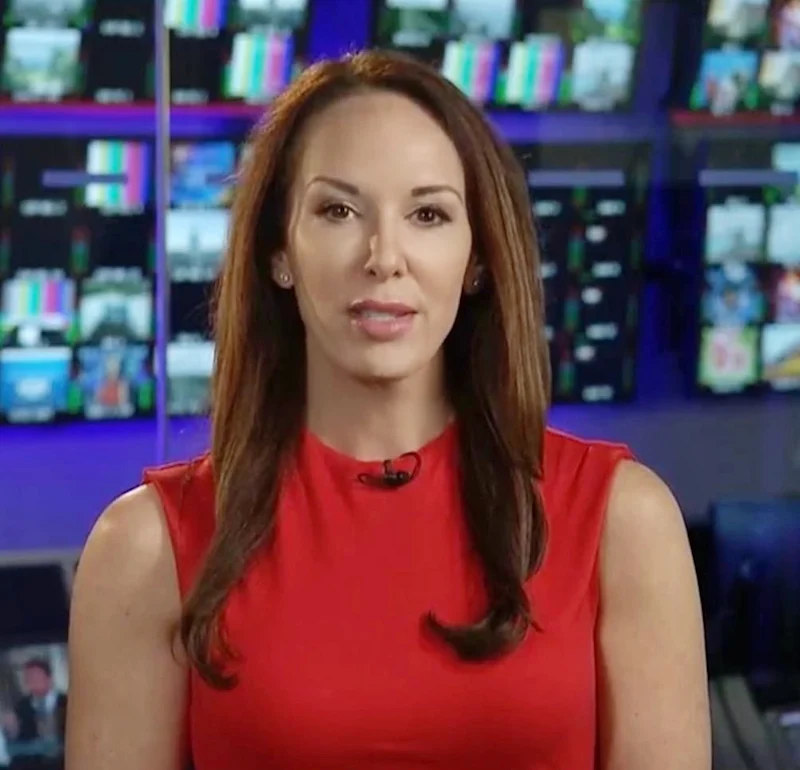




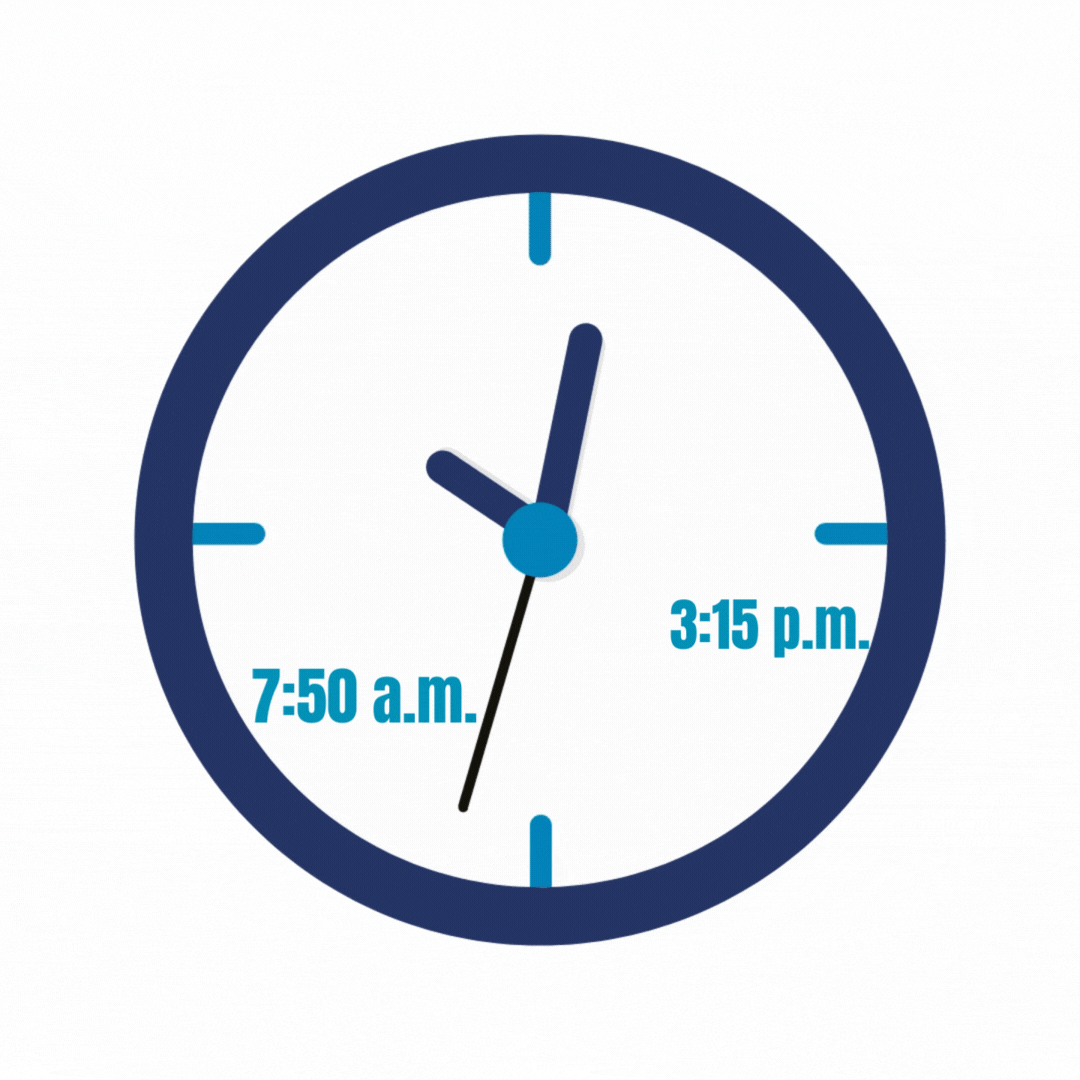
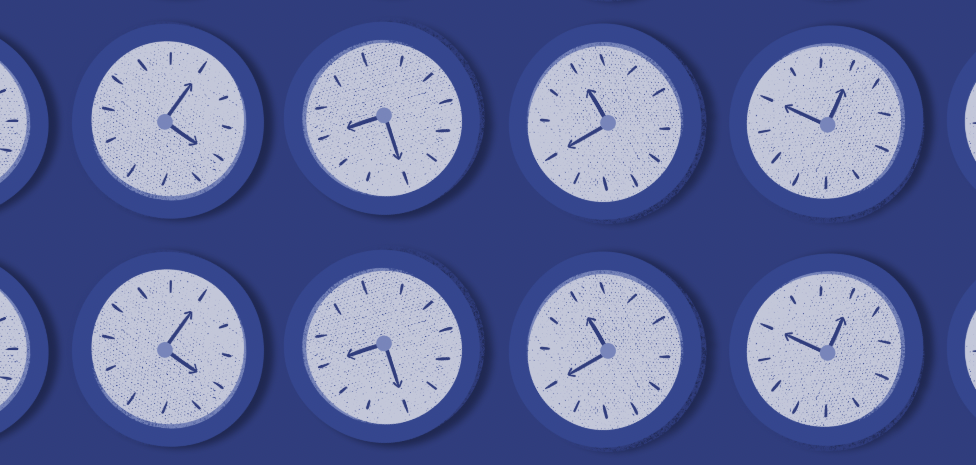


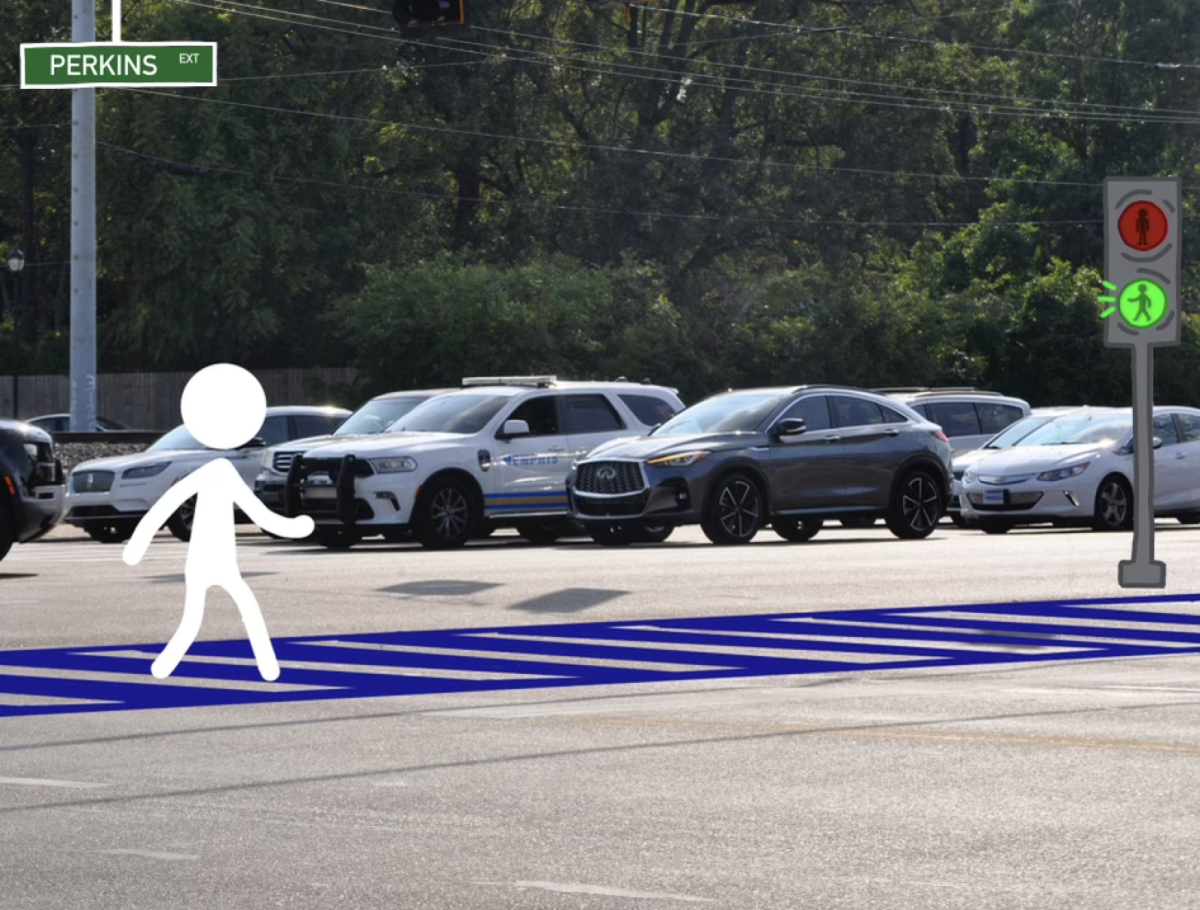

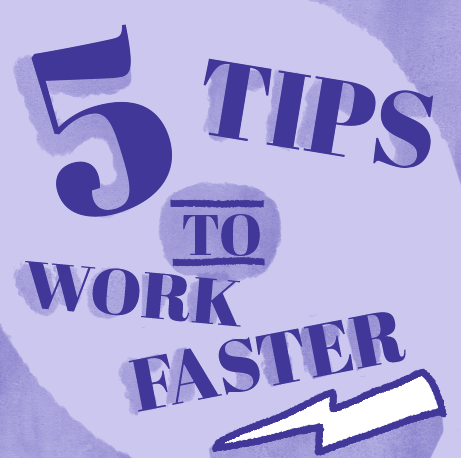






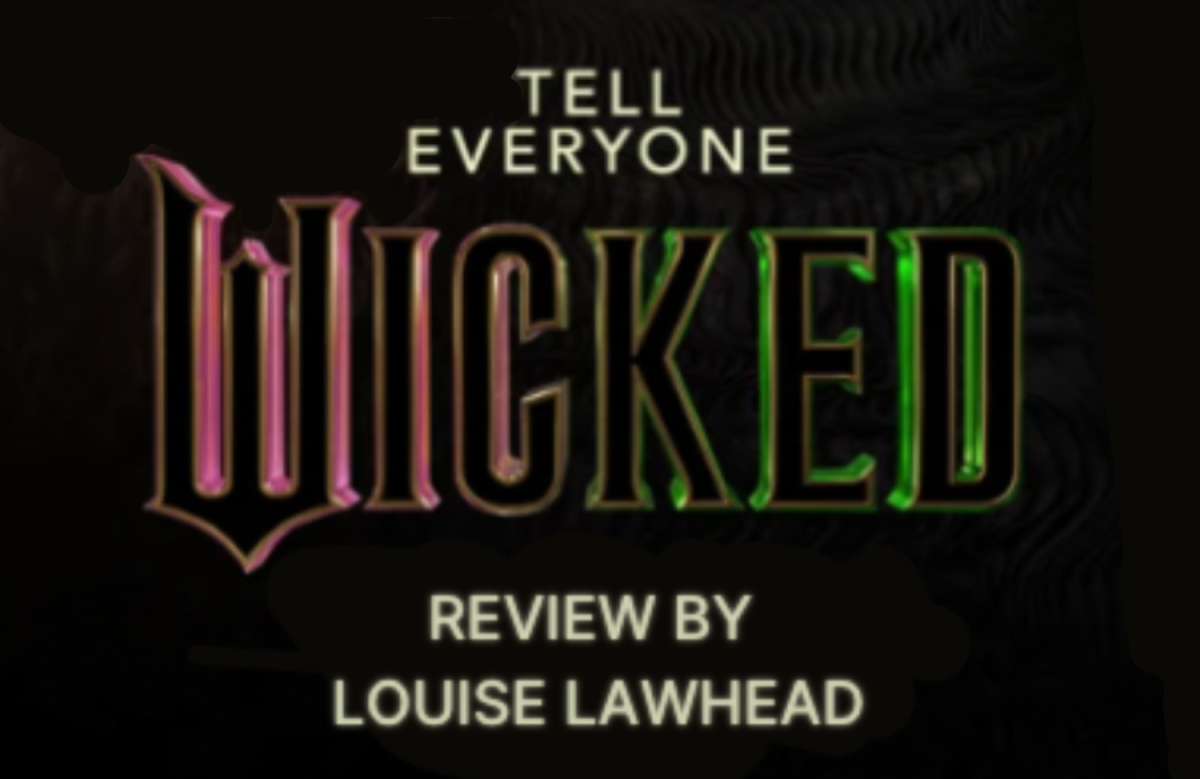
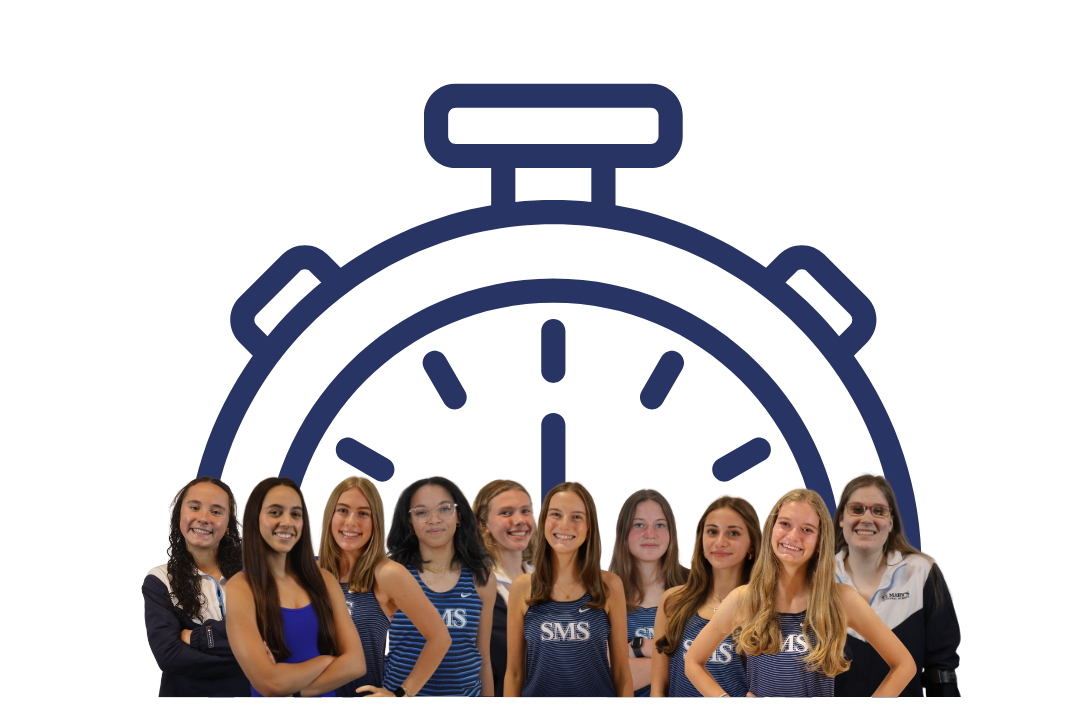


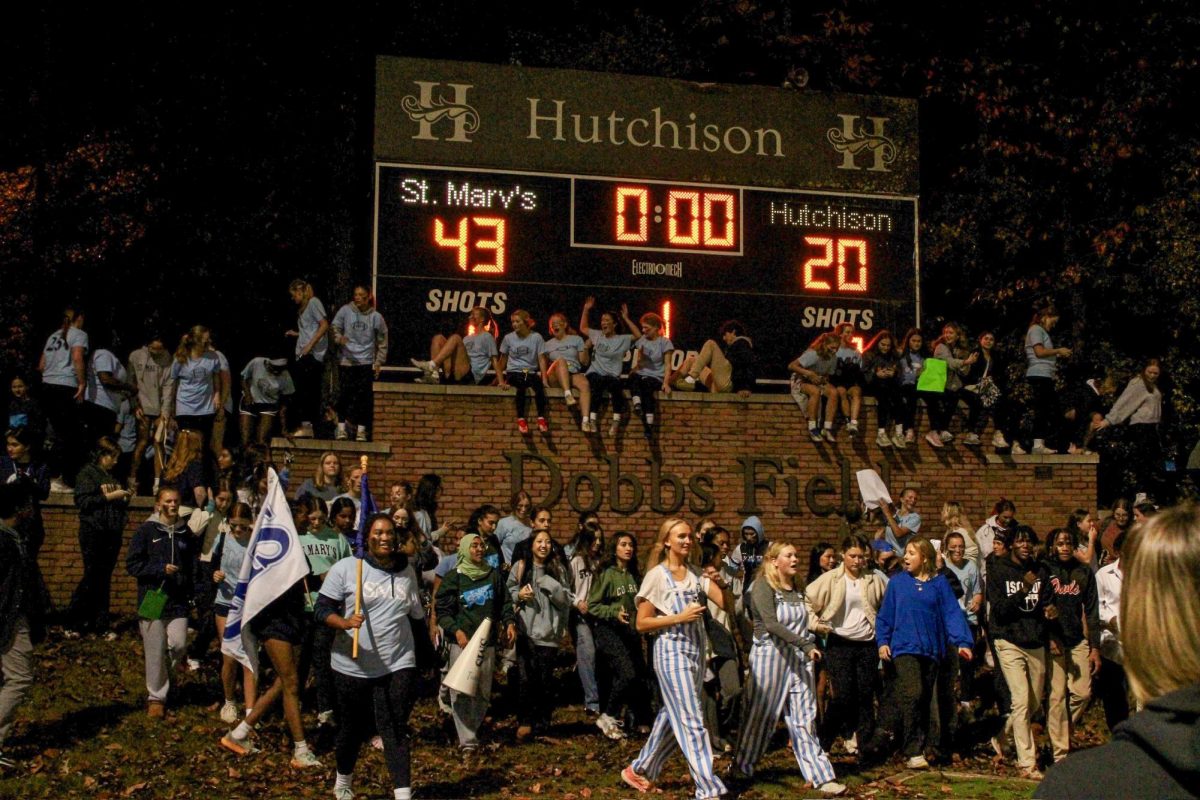
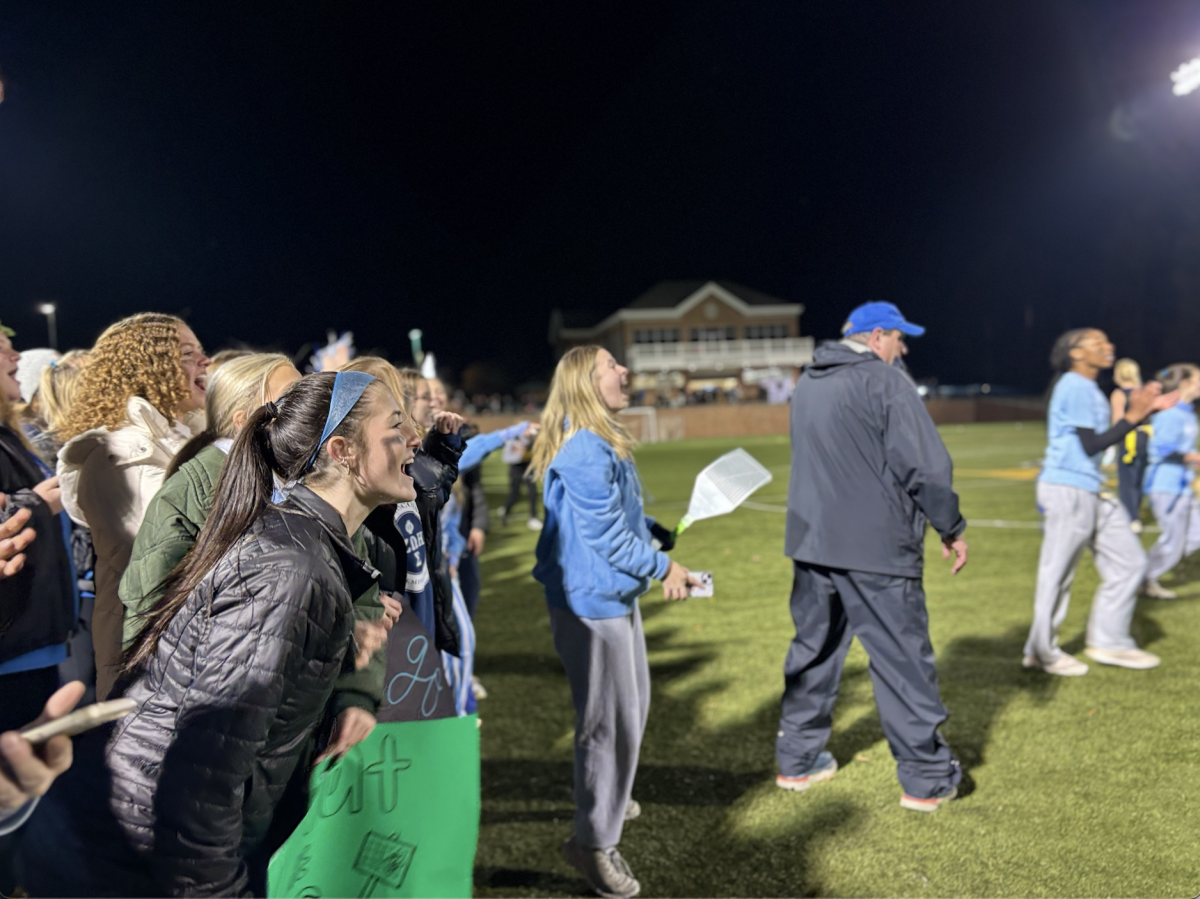
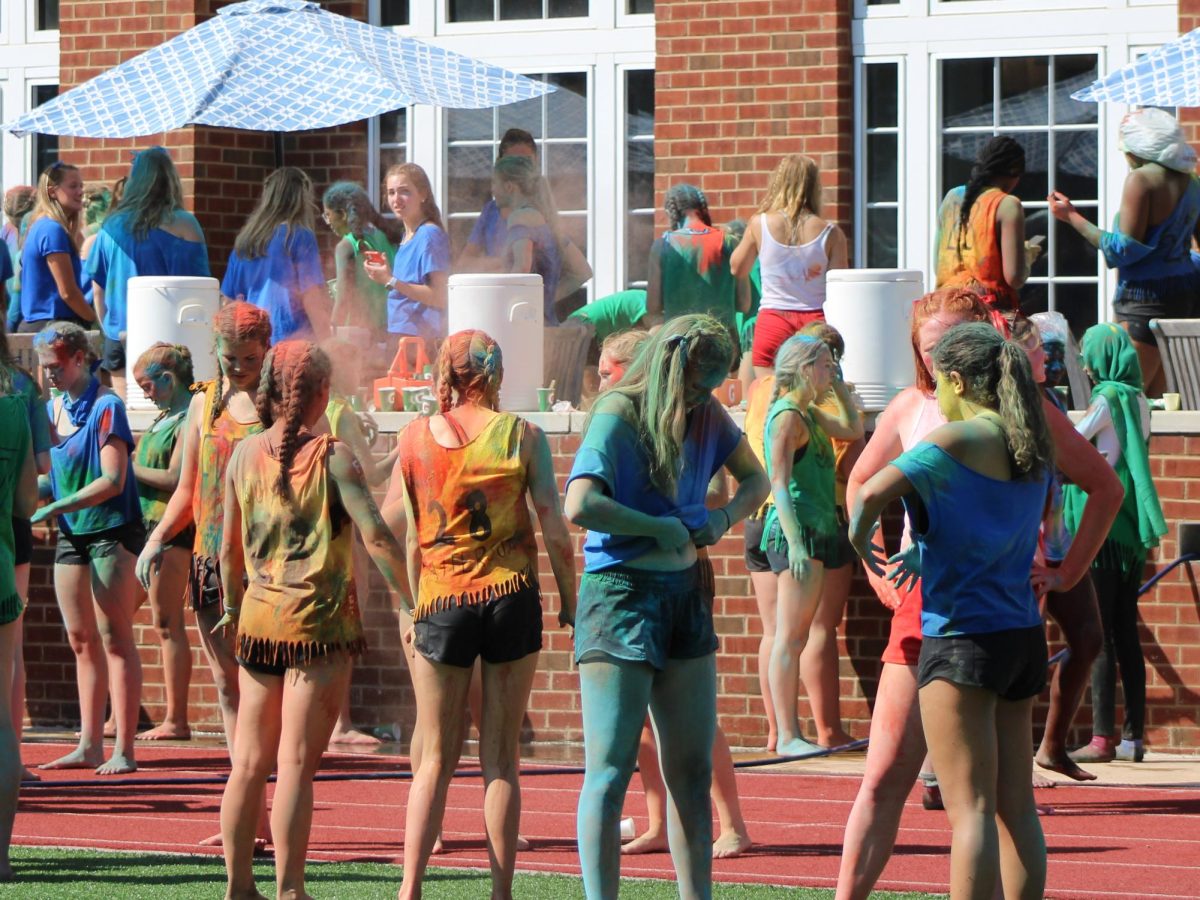
![[GALLERY] Walking in (Downtown) Memphis](https://stmarystatler.org/wp-content/uploads/2024/04/E1DAD3FE-E2CE-486F-8D1D-33D687B1613F_1_105_c.jpeg)
